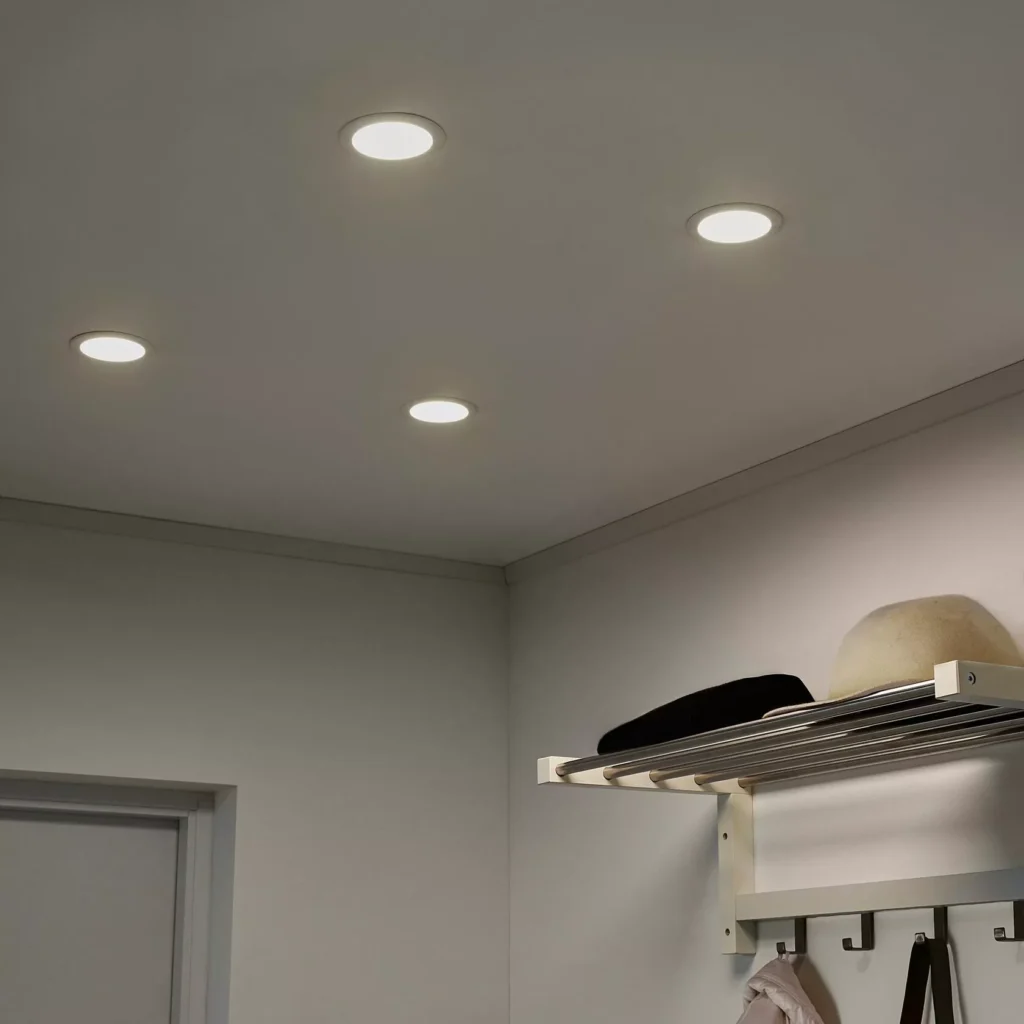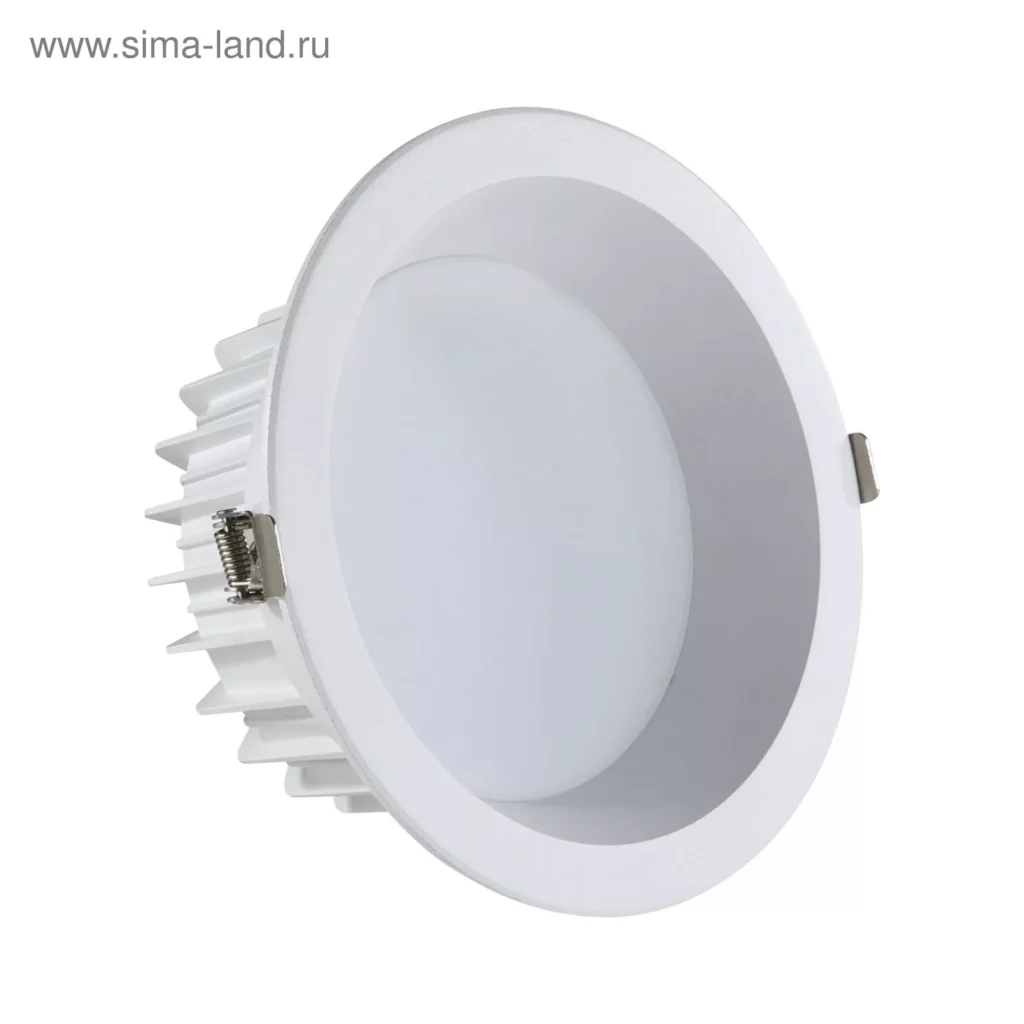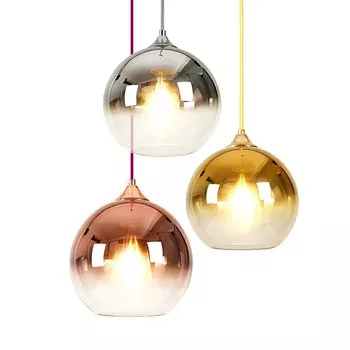Downlights do not look very appealing. It depends more on the lighting.

If it’s a certified lamp, it is difficult to distinguish the quality of the light source your naked eyes (except for those who have greater requirements in lighting).
The color rendering index is obvious to the untrained eye. I’m not able to do it, but I can make the image P.
so:
It’s simple to figure out how to utilize a downlight. Downlights with excellent light sources are just the highest quality.
Three typical types of downlights will be presented to you. (Based on the utilization of light sources and not identified by installation methods)
No1 /—- The most basic lighting purpose
No2 /—-Downlight solves the problem with a light pattern
No3 /—- Downlight that eliminates the problem of a dull ceiling and reduces the contrast glare
No. 1 /—-The Simplest Lighting Use
Flood downlights are the most common type, and the beam angle of its typical is greater than 100deg.
The function of this downlight is quite simple that it lights up the surrounding.
Take care when using the space: Make sure you keep it 40-60cm from the wall. It will look as in the picture above, prior to it’s been altered.
Let me show you some examples of models that fall within different price ranges of various brands that are worthy of buying. See the review article for further details.
No2 /—-Downlight solves the problem by using a light pattern
There are several limitations to lighting at home. The opening should be near to the wall. A typical distance is 10 to 20 centimeters.
If I would like to take off the balloon from the wall as shown in the image below, I do not want to install spotlights.
Downlights that have a narrow beam angle are the best option. The most common are those with beams between 50 and 70deg.
Safety precautions to use:
- The distance between the opening of the wall and the wall is not stated.
- Consider placing different light sources inside the ceiling while doing basic space illumination. You will notice that the center of gravity is shifting downwards as the sky and ground are both light. Just like the picture below
No3 /—- LED Downlight designed to alleviate the problem of low contrast and dull ceilings. and glare
Downlights are often used to provide light even if they don’t have an primary lamp. This is not a good idea. It’s nothing more than dividing a ceiling light into N smaller ceiling lights.
Everyone has missed the problem. Since the diffusion of downlights is lower than that of ceiling lighting the light will not be as soft. The area of light emitting from the downlight being small, will result in a high intensity and glare emanating from the diffused plate. .
If you do this and you are unable to change it the light fixtures to make remediation.

For example, take this
Many manufacturers are making light guide plate downlightsincluding Opple and Panasonic. Those with a high budget may choose Berman. Regarding installation methods, there are embedded ones and surfaces-mounted models.
The lighting system for the entire house
Make sure to keep this information to keep in mind if you’re making any changes to your home. It’s the most complete catalog of lighting-related applications available on this site.
Lighting layout suggestions, misunderstandings and precautions, as well as specific information about implementation and lighting arrangements for each space, more than 100,000 words of pure dry information, all updates are available in the article about navigation at the link and will continue to be constantly updated…
How can you identify the quality of a downlight?
Most good quality downlights have aluminum casings that are made well and textured, as well as fairly heavy. They’re not visible once the downlights are installed.
The downlights are easy to install and are not customizable. They are usually embedded into the ceiling and you only see the frame. Although there are some frameless downlights or downlights with narrow frames, not much or none at all is visible. Deep anti-glare is also used to create the illusion that the light is not visible.
The optical quality determines the cost of downlights. Lights that have better optical quality will naturally be less costly.
An easy way to do this is to examine the comfort and ease of lighting with downlights. A good light makes people feel relaxed, and illuminate things naturally. The same white light, some lights feel comfortable but others seem dazzling and bleak. This could be due to poor anti-glare treatments or a wide spectral spread that is too large or even an unbalanced red light color index of rendition.
To meet higher requirements, you may also consider the light’s shape or the light output effect. You can determine if the light output effect shows the effect of a stronger lighting intensity in the middle while the halo is slowly dissolving. Check if the lighting spots from various downlights are similar in their change. Naturally, of course.
This downlight that has the logo of comfort light satisfies these fundamental standards.

